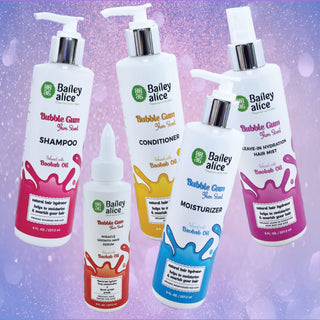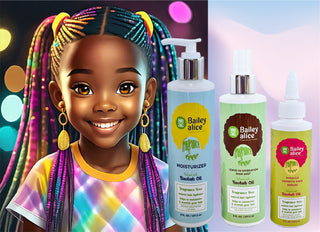Cradle Cap is also known as crusta lacteal, honeycomb disease, milk crust, pityriasis capitis, and infantile seborrhoeic dermatitis.
It is unknown what causes Cradle Cap but it is not caused by allergy, bacterial infection, or bad hygiene. Cradle Cap is not contagious, nor does it reflect on how well the child is being cared for. As of yet, it is not known what causes Cradle Cap.
Cradle cap is similar to dandruff in some ways. When cradle cap seems to appear on older infants or children, it is usually dandruff. But on babies, it's called Cradle Cap.
Cradle cap affects 10% of infants up to the ages of 1 month. It affects 70% of children by the age of 3 months. It affects 7% of children between the age of 1 -2 years.
Symptoms of Cradle Cap
An infant is most likely to experience cradle cap at or shortly after birth.
There will be:
- Patches of scalp that are yellow and greasy
- Dandruff-like flakes of skin on the scalp
- Crusty yellow areas on the scalp
- Areas of the scalp that are like scales
The affected area may go red.
Cradle cap typically starts on the baby’s scalp and can spread to the area behind the ears.
It may also appear in patches on the nose, eyelids, groin, armpits, and backs of the knees.
How To Treat Cradle Cap
It has been determined that mild cases of Cradle Cap will disappear on it's own within a few months.
Cradle Cap should be treated by gently washing your baby's hair every day with a mild baby shampoo like Bailey Alice Fragrance Free Shampoo. Brush your baby's scalp with a soft baby brush or a special cradle cap brush to loosen the scales.
When the scales disappear, you can revert to a normal wash routine, gently washing your baby's hair every few days to prevent the Cradle Cap from returning.
If the Cradle Cap doesn't go away, consult your doctor or Pediatrician. They may advise applying a fragrance free oil to soften the scaly patches. What type of oil would be good? Bailey Alice Hair Care for Children has a great Fragrance Free hair oil product for children that you should try.
If this does not help, a parent or caregiver should consult a doctor or pediatrician.
The Fragrance Free Miracle Hair Serum should be applied before the Bailey Alice Fragrance Free Shampoo. Leaving the oil in the hair may cause more scales to form.
If there is inflammation or infection, the doctor may prescribe antibiotics, a mild steroid-based cream or an antifungal shampoo or soap.
Complications of Cradle Cap
Although cradle cap is rarely serious, it should be monitored in case it gets worse.
If any of the following occur, it is advisable to seek medical help:
- Areas start to go red
- Patches start to look irritated
- Affected area spreads to the face or starts to appear on the body
- Diaper rash occurs
- The infant develops a fungal ear infection
- Signs of thrush appear.
If there is a fungal infection, it can develop and allow the growth of bacteria.
In a more severe case of Cradle Cap, bacteria can develop in areas that might be cracked or bleeding.
It is also vital to inform the doctor of any other problems, such as diarrhea, as these could be linked to cradle cap.





